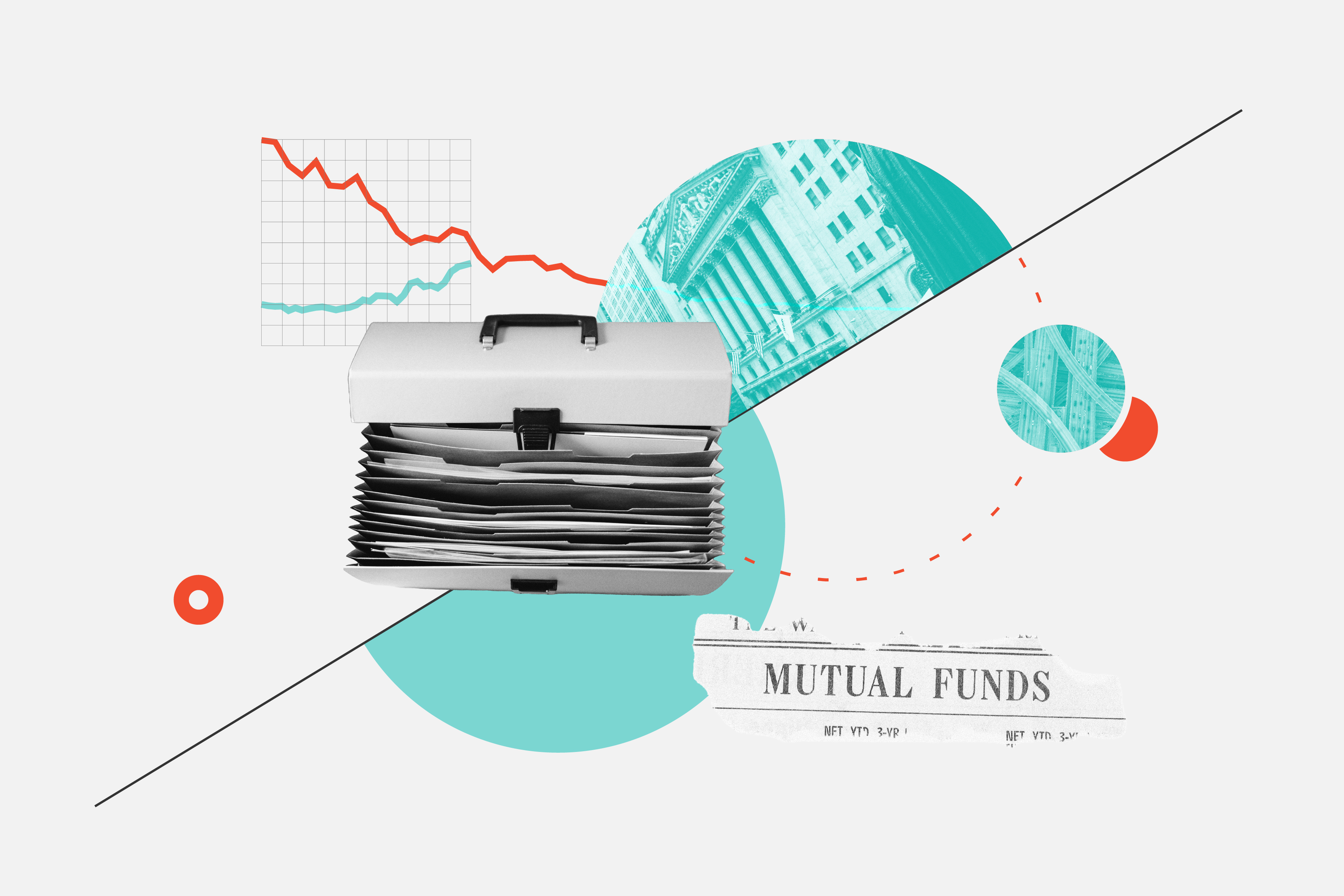
It’s ironic that BlackRock, a chief proponent of sustainable investing, has cut back on the environmental, social, and governance exposure in its popular model portfolios.
The widely used models are not ESG-only, but they have included significant allocations to iShares ESG Aware MSCI USA ETF ESGU and iShares ESG Aware MSCI EM ETF ESGE. Both funds are relatively mild takes on ESG (hence the use of “ESG Aware” in their names), which is why BlackRock uses them in conventional models.
Because of their inclusion in these models, though, ESGU and ESGE have grown to become two of the largest ESG funds available to US investors. And because of their size and reduced recommended weightings in BlackRock’s model portfolios, the funds accounted for about half of the May outflows to all ESG funds in the US (approximately $1.6 billion compared with $3.2 billion overall).
The reason is not that BlackRock has soured on sustainability; it’s because of the growth tilt of these ESG ETFs. That’s especially the case with ESGU, a large-cap US equity fund that commands a double-digit allocation in the models.
A Bias For Growth
Growth funds have borne the brunt of this year’s bear market. The average large-growth fund has lost 29.3% (through June 22) while the average large-value fund has lost 12.3%. Even though ESGU resides in the large-blend category, the fund’s style score, as calculated by the Morningstar Risk model, is 38.6, on a scale of 0 (representing pure growth) to 100 (pure value), indicative of a significant growth tilt. The average large-blend fund’s style score is a more style-neutral 54.
BlackRock’s May recommendations for its model portfolios struck a defensive chord by reducing allocations to these ESG ETFs, increasing allocations to bonds and adding new allocations to small-cap value and high-dividend strategies.
In fact, most ESG equity funds skew stylistically toward growth. In the large-cap sector, Morningstar categorises 30 ESG funds as large growth and only 17 as large value. And 58 of the 83 ESG funds in the large-blend category have style tilts toward growth. Those 58 large-blend ESG funds with growth tilts have lost an average of 22.5% so far this year, with an average ranking in the category’s bottom quartile. (All returns cited here are through June 22, 2022.)
The 30 large-growth ESG funds, meanwhile, have lost 27.9% so far this year. That is actually less than the drop for large-growth funds overall, but a lot more than the decline for the average value-tilted fund. By contrast, the 25 large-blend ESG funds with value tilts have shed 19.5% so far this year, with an average ranking a tad better than the category average. The 17 large-value ESG funds have lost 15.9% for the year to date.
All this raises the larger question: must ESG be so closely linked to a growth style?
I've Got News For You
To be sure, it’s easy to understand why so many ESG funds tilt toward growth. Public companies in the growth sector tend to have fewer material ESG risks than those in the value sector. In fact, the five sectors with the most ESG risks – energy, utilities, basic materials, consumer staples, and healthcare – are more heavily weighted in value funds than in growth funds.
The average large-value portfolio’s weighting in those five sectors is 43.6%. Large-growth funds, on average, have only a 20.1% weighting in those sectors. By contrast, large-growth funds devote an average of 52.8% of assets to the three sectors with the lowest ESG risk: real estate, consumer cyclicals, and, especially, technology. Large-value funds, meanwhile, devote an average of only 20.4% of assets to those sectors.
Many (though not all) ESG funds also use product-related exclusions and/or avoid companies that exhibit controversial behaviour. Excluding fossil fuels results in underweighting in the traditional energy and utilities sectors. Excluding tobacco reduces consumer staples exposure. Excluding companies involved in environmental controversies or major labour disputes can also reduce exposure to the basic materials or industrials sectors.
So it is definitely more of a challenge to put together value-oriented ESG equity portfolios. But, as noted, they do exist: there are 17 ESG large-value funds and 25 ESG large-blend funds that range from style-neutral to value-leaning. Of those funds, most use some version of best-in-class selection, typically emphasising companies with better ESG evaluations relative to peers in the same sector.
This results in some companies making it into value-oriented ESG portfolios that may seem objectionable to people expecting to see only “good” companies in their ESG portfolio.
Well, I’ve got news for you: there are no intrinsically “ESG” or “non-ESG” companies. This type of investing is about integrating ESG information to get a broader perspective on a company than using financial metrics alone. ESG provides greater insight for investment decisions, regardless of style.
A Better Balance
That doesn’t mean it has no impact on people and the planet. The use of ESG signals to companies that investors believe it’s important for them to address ESG issues material to their business. Few companies today want to be seen as ESG laggards, and many want to be ESG leaders.
They understand that greater attention to ESG can help them become more energy efficient, improve the quality of their workforce, and burnish brand and reputations with customers, clients, and partners. In light of that, I can’t think of a better place stylistically to practice ESG than value.
Overall, it’s better to have some stylistic balance to your ESG portfolio even if it means having a little more exposure to companies facing more-significant ESG issues.
ESG investors can help companies improve their ESG profiles through engagement. As they come to realise more of their investors care about ESG issues, companies are more likely to address them.




















